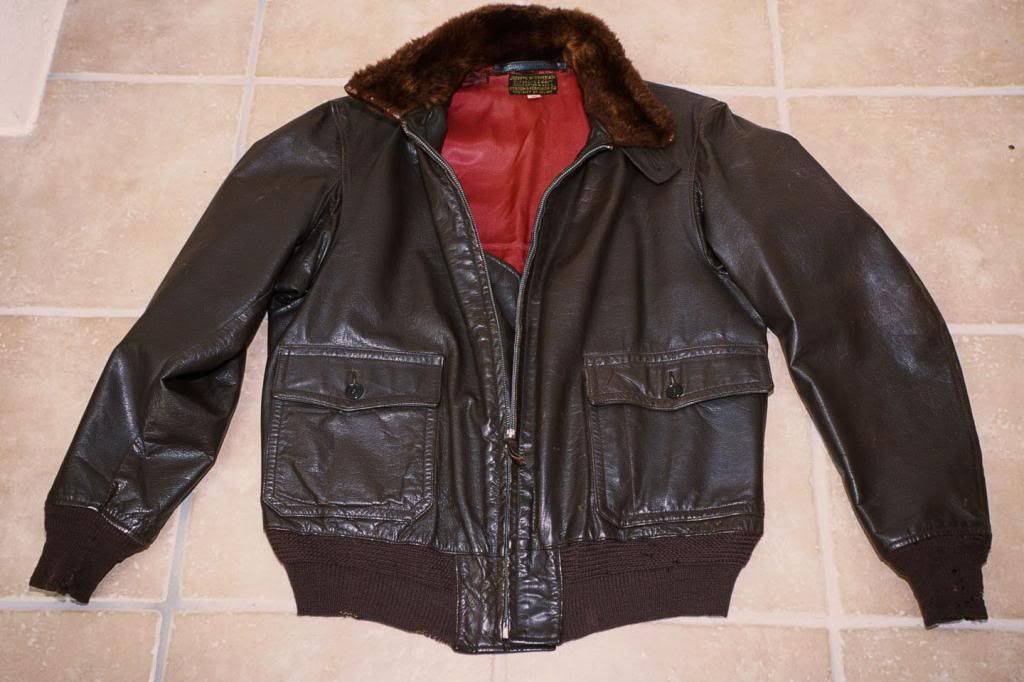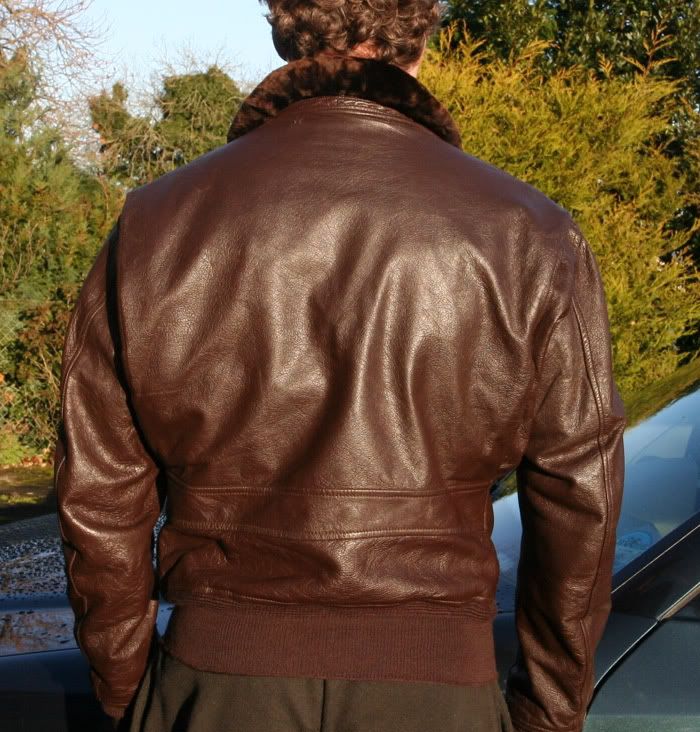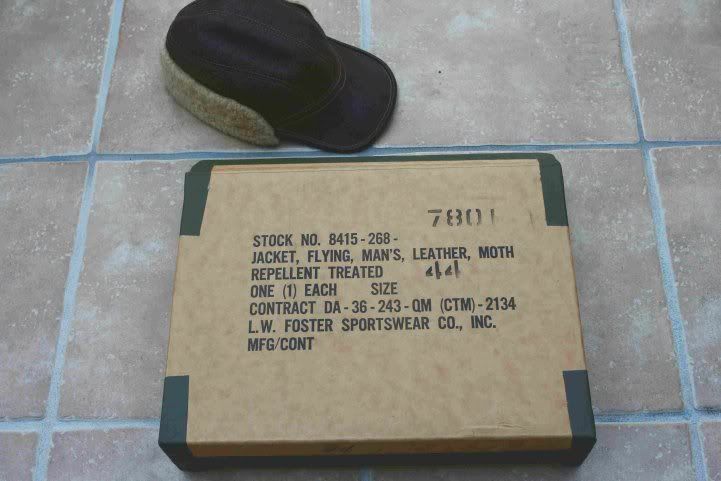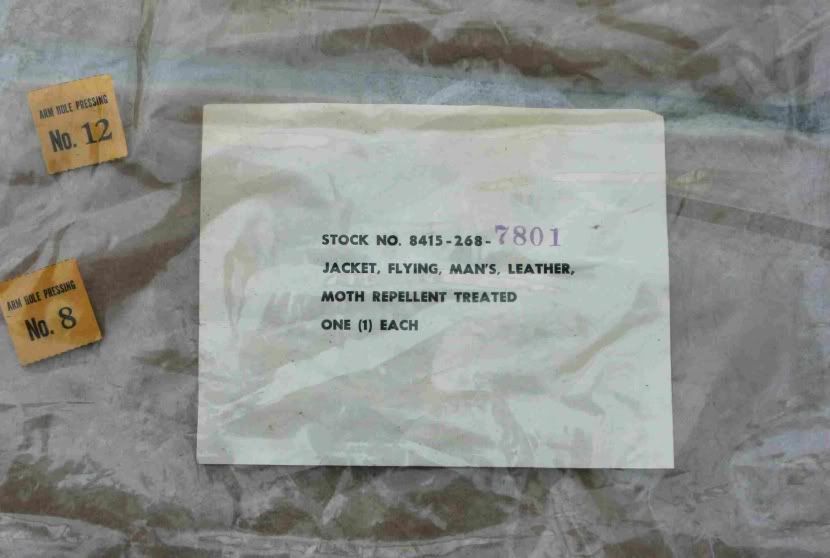Don Tomaso
A-List Customer
- Messages
- 402
- Location
- Germany
Ishmael, Yasui-san is entitled to his opinion as much as I am (and everyone else of course) Yes, it's true the combination tanned has good aesthetics and durability. But it's lesser quality than veg. tanned. That's what I am saying. It's a well known fact all over the leather industry. Can't argue with that. The word 'blend' itself is a tell tale. From dog races to precious metals, a 'blend' is always lesser quality (and cheaper) than 'pure'.
...
There are many fields in which such a "naive" way looking at it - pure = best, blend = less - would simply give you a nonsense result, so I call this a weak point.
See, I can argue with that.






